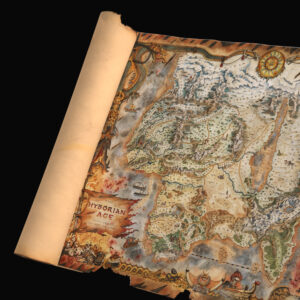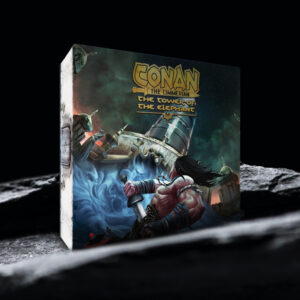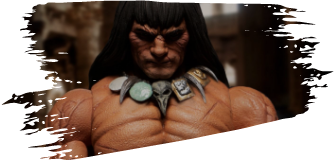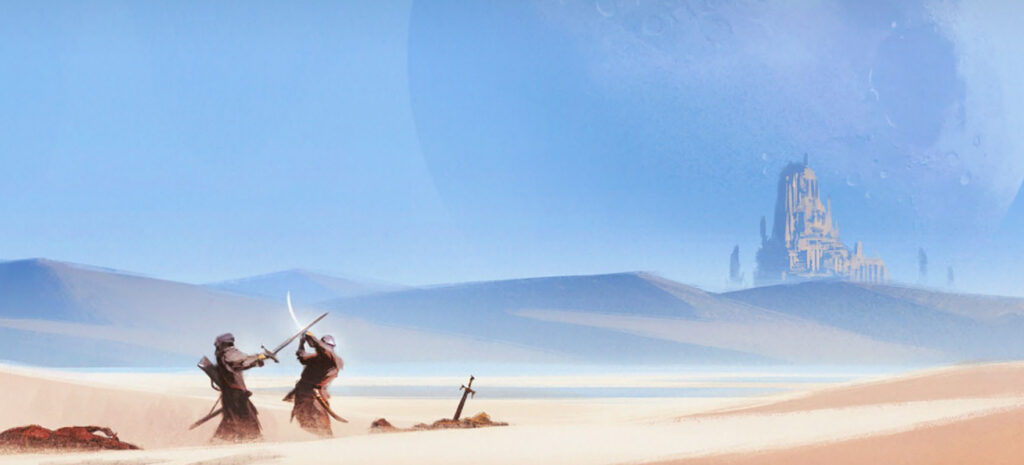


SHOP CONAN PRODUCTS

Games
$29.99

Books
Ultimate Triumph (Trade Edition)
$199.99

Prints
Hyborian Age Poster
$14.99

Housewares
Thulsa Doom Bottle Opener
$24.99

Books
Conan of Cimmeria, Vol. 2 (Limited Ed.)
$199.99

Games
Conan the Cimmerian: The Tower of the Elephant
$39.99

Accessories
Charge of the Cimmerian Pin
$14.99

Apparel
Battle Born Tee
$34.99

Apparel
Clutches of Death Tee
$34.99

Apparel
The Coming of Conan Tee
$34.99

Apparel
Fighting Pits Tee
$34.99

Housewares
Fighting Pits Mug
$19.95






























